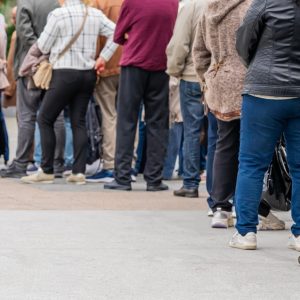According to a report by Sophos, which surveyed over 4,000 respondents, 20% believe that social networking scams are becoming the top threat and 67% think that malware is growing when compared to 2010.

As the Internet continues to grow in use and significance, online security issues continue to increase.
2011 saw a significant increase in cybercrime as the volume of malware and infections grew. Cybercriminals were able to vary diversify their online targets to incorporate new platforms with the increase of mobiles for business use.
In 2011 "hactivist" groups stepped in to the public spotlight as many hacks became a method of political protest. Financial gain no longer became the main driving force for cybercrimes as high profile companies, defence contractors and political organisations suffered website attacks. The hacking groups LulzSec and Anonymous made headlines with leaked documents and website attacks on Sony, PBS, the U.S Senate, CIA, Stratfor, and InfraGard.
The increased consumerisation of IT put data information at risk as employees’ increasingly accessed private corporate information from smartphones, tablets, and computers at home. The rise in using mobile devices, cloud services, and social media also increased data vulnerability. 50% of those surveyed reported that their companies allowed them to use their personal phones and laptops for work and according to the Ponemon Institute constantly accessing the web increases attacks as 85% of all adware, malware, viruses, worms, and spyware come from the web.
"As cybercriminals expand their focus, organisations are challenged to keep their security capabilities from backsliding as they adopt new technologies," said Mark Harris, vice president of SophosLabs.
In 2011 Mac users became more aware that malware is a genuine threat as a bogus Macdefender application specifically targeted Macs. Users wouldn’t know what was happening until the application demanded payment for protection. The application didn’t do much to Macs themselves but did attempt to trick users into giving their credit card information.
The 2012 landscape is predicted to see innovative attacks with the use of social media platforms and mobile payment technologies. Non Windows based products may also see a significant increase in attacks.
"As we continue to access information in different ways, from different devices in different locations, security tools must be able to ‘protect everywhere’ – from desktops to mobile and smart devices and the cloud," said Harris.
Please follow this author on Twitter @Tineka_S or comment below.






